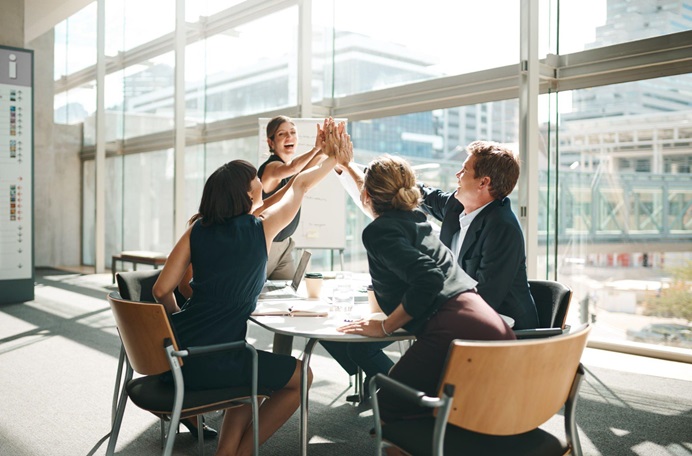If you have ever passed by a construction site that seemed unusually quiet, you might have witnessed an excellent example of noise control. In Singapore, where many construction projects sit close to homes, schools, and offices, managing noise has become a necessity.
Over the years, project teams have found that one solution stands out for reducing unwanted noise: the noise barrier sheet. These flexible and durable panels have helped countless construction projects reduce disruption and maintain good relationships with nearby communities.
Here are some key lessons from real projects that have used noise barrier sheets effectively.
1. Plan Early and Strategically
Successful noise control always begins at the planning stage. The projects that achieve the best results usually identify potential noise sources before work starts.
By understanding which areas of the site generate the most sound, teams can plan where to place noise barrier sheets for maximum effect. This proactive step helps them stay compliant with NEA regulations and prevents costly adjustments later.
For example, one residential development in the East Coast area managed to stay within noise limits throughout construction simply because the site team had already mapped noise-prone zones and installed the sheets before piling began. Planning ahead saved them time and avoided neighbourhood complaints.
2. Flexibility Is a Major Advantage
Unlike permanent walls, noise barrier sheets are designed to move with the project. This flexibility allows teams to adjust their setup as construction progresses.
A contractor working on a mixed-use development in the city centre shared that they relocated their barrier sheets from the piling area to the drilling zone once the first phase was complete. This approach reduced both noise levels and costs, as the same materials were reused effectively throughout the project.
Treat noise barriers as part of an evolving plan rather than a fixed installation. The ability to adapt makes a noticeable difference.
3. Communication Builds Trust
Noise management is not just about equipment—it is also about communication. Even when a project is within noise limits, residents can still become frustrated if they are caught off guard.
The projects that received the fewest complaints took time to inform nearby communities before starting work. They shared what to expect and explained the measures in place, including the use of noise barrier sheets.
This open communication helped build understanding and trust. Residents were more patient because they knew the construction team was making genuine efforts to minimise disturbance.
4. Consistent Monitoring Prevents Problems
Noise levels change as work progresses, so continuous monitoring is essential. The most successful teams use portable sound meters to check readings regularly.
When levels rise, they take quick action—whether by repositioning barriers, adjusting schedules, or repairing noisy equipment. This habit keeps projects compliant and prevents complaints from escalating.
Monitoring also provides useful data for future projects, helping teams fine-tune their approach to noise management.
5. Material Quality Matters
Not all noise barriers perform the same way. Some sheets only reflect sound, while others absorb and block it. The difference can be significant.
Projects that invested in high-performance acoustic materials reported better results, especially in busy city areas where noise can bounce between buildings. One contractor working near Orchard Road achieved a 10 to 15 decibel reduction after switching from basic panels to multi-layer acoustic sheets.
The lesson here is simple: quality materials may cost more at first, but they deliver stronger and longer-lasting results.
6. Noise-Controlled Sites Improve Worker Focus
Reducing noise benefits not just the community but also the people on site. Loud environments can cause fatigue, stress, and miscommunication. Several project managers noted that after installing noise barrier sheets, workers communicated better and stayed more focused.
When teams can hear instructions clearly and work without distraction, safety and efficiency naturally improve.
7. Responsible Practices Build Reputation
Finally, the projects that handled noise effectively gained more than compliance—they built positive reputations. Developers known for being considerate neighbours often enjoy smoother approval processes and better community support.
Using noise barrier sheets consistently and showing a genuine commitment to noise control can help construction companies strengthen their public image and set themselves apart in a competitive industry.
Final Thoughts
Noise control may seem like a small detail, but it shapes how projects are perceived and how smoothly they run. The most successful teams treat it as an essential part of project management rather than an afterthought.
The lessons from past projects show that with early planning, adaptable methods, quality materials, and clear communication, noise barrier sheets can make a lasting difference.
In the end, a less noisy construction site is not just about following regulations, but also about showing respect to the community, protecting workers’ well-being, and delivering a project everyone can appreciate.










